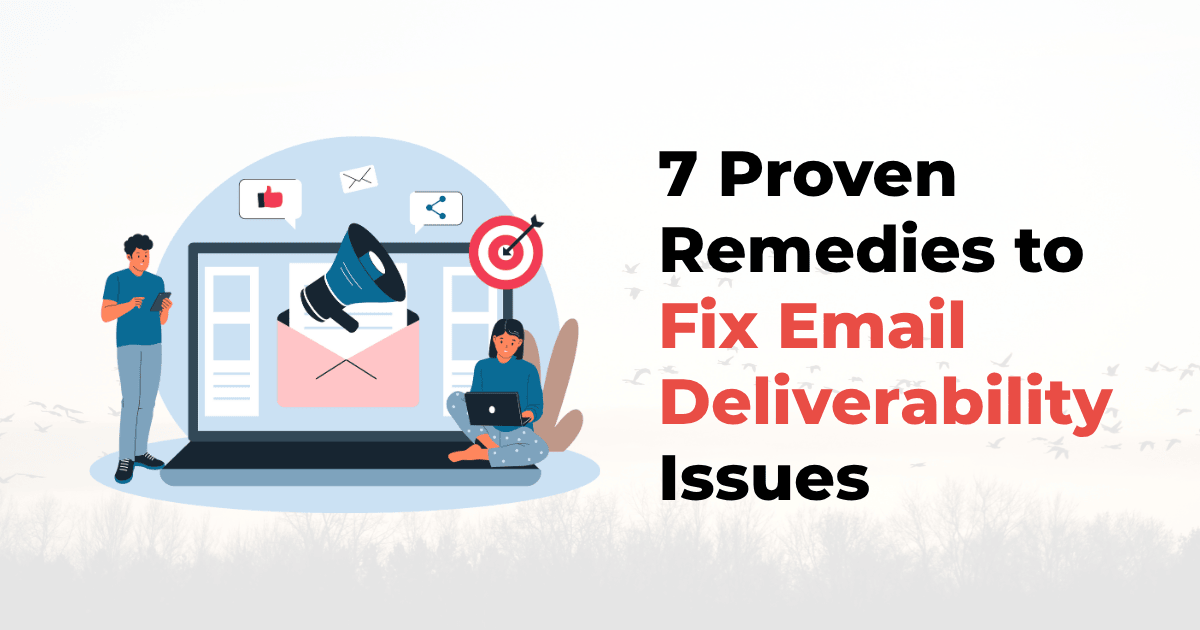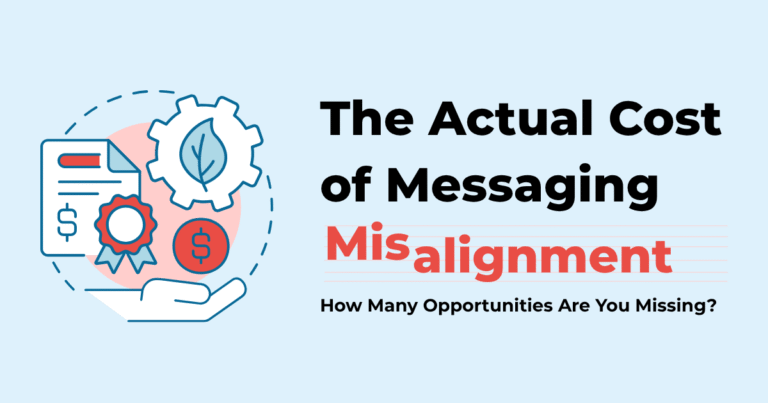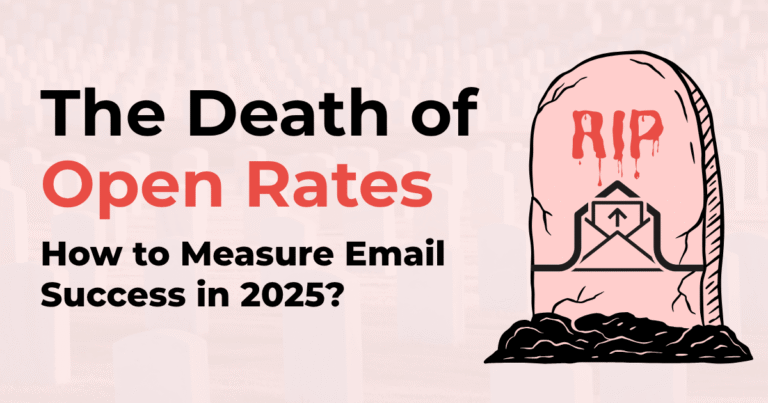Ever wondered why exactly your carefully crafted email lands in the spam folder instead of your audience’s inbox? Even big brands with dedicated email marketing teams struggle with email deliverability issues. According to a 2023 report by Return Path, 20% of legitimate emails never make it to the inbox. That’s one out of every five emails you send, lost in the abyss.
The good news is that fixing your deliverability issues isn’t as hard as you might think. In this blog, we will dive deep into proven remedies to fix your email deliverability issues.
But before we get into that, let’s take a step back and understand the root cause behind your emails getting blocked.
Email deliverability issues often boil down to two main factors :
Sender reputation: Think of this as your email “credit score.” Email Service Providers (ISPs) like Gmail, Yahoo, and Outlook assign you a reputation score based on your sending behavior. If your score is low, your emails are more likely to be marked as spam.
Engagement rate: ESPs pay close attention to how recipients interact with your emails. Low open rates and high bounce rates indicate a lack of engagement and harm deliverability.
Let’s delve into proven strategies to enhance email deliverability
The right approach makes all the difference and by implementing the following strategies, you’ll strengthen your sender reputation, avoid spam filters, and maximize engagement.
- Authenticate your domain:
Email authentication is the first step in improving your reputation with ESPs, as it verifies your domain identity. Without it, ESPs can’t verify that your emails are legit, and they will probably end up in the spam folder.
- SPF (Sender Policy Framework): This verifies that the email is sent from an authorized server.
- DKIM (DomainKeys Identified Mail): This adds a digital signature to your emails, ensuring they haven’t been tampered with.
- DMARC (Domain-based Message Authentication, Reporting, and Conformance): This tells ESPs what to do if an email fails SPF or DKIM checks ( reject it or send it to spam).
Implementing authentication protocols like SPF, DKIM, and DMARC adds layers of security to your emails. These verify your identity as a sender and also boost your deliverability rates. According to Valimail, 85% of brands using DMARC saw improvement in the deliverability of their emails.
- Maintain a Healthy Email List
The quality of your contact list matters if you want your emails to be delivered successfully. Regularly updating and cleaning your email list includes removing inactive subscribers. Sending emails to inactive subscribers does more harm than good. Try a re-engagement campaign, and if you still don’t get a positive response, it’s better to remove them from your recipient list.
Also, avoid purchasing email lists as they can contain outdated or invalid addresses, increasing bounce rates and the risk of spam complaints.
- Spam check
Before sending, it’s better to check your email’s spam rating using tools such as MailTester and SpamAssassin. These tools give your email a spam score after analyzing the content. If the score is too high, make changes and tweak your email slightly until you get the lowest score.
- Use a Reputed Email Service Provider
Partnering with a reputable ESP is crucial for your deliverability rates. Using a reputed service provider ensures your emails are sent through trusted servers with built-in spam protection. Some of the best ESPs are:
- ActiveCampaign (94.2% deliverability rate)
- SendGrid (96% deliverability rate)
- MailerLite (95% deliverability rate)
- Implement a Double Opt-in Process
In order to ensure that your subscribers genuinely wish to receive your content, you must consider adopting a double opt-in process. This process includes subscribers confirming their subscription with a follow-up email after they enter their email address into a sign-up form. This additional step might reduce the number of subscribers from your list, but it ensures a more engaged audience, which enhances deliverability.
- Monitor and analyze key metrics
Analyzing key metrics like bounce rates, open rates, and spam complaints is something you shouldn’t miss. High bounce rates severely damage your sender’s reputation. Additionally, tracking recipients’ behavior, such as how long they spend reading your email and what links they click, offers deep insights about them. Use this data to continuously improve your strategies and maintain high deliverability rates.
- Segment your audience
Not all subscribers are the same, and treating them as such reduces engagement. By segmenting your audience based on demographics and purchase behaviors, you offer tailored content that better meets their needs. For example, personalized product recommendations and cart abandonment emails. This personalized approach has been shown to increase open rates by 14.31% and clicks by 100.95%, according to drip.com.
By implementing these strategies, you significantly enhance your email deliverability, ensuring your messages reach your audience’s inboxes and drive the desired engagement.




